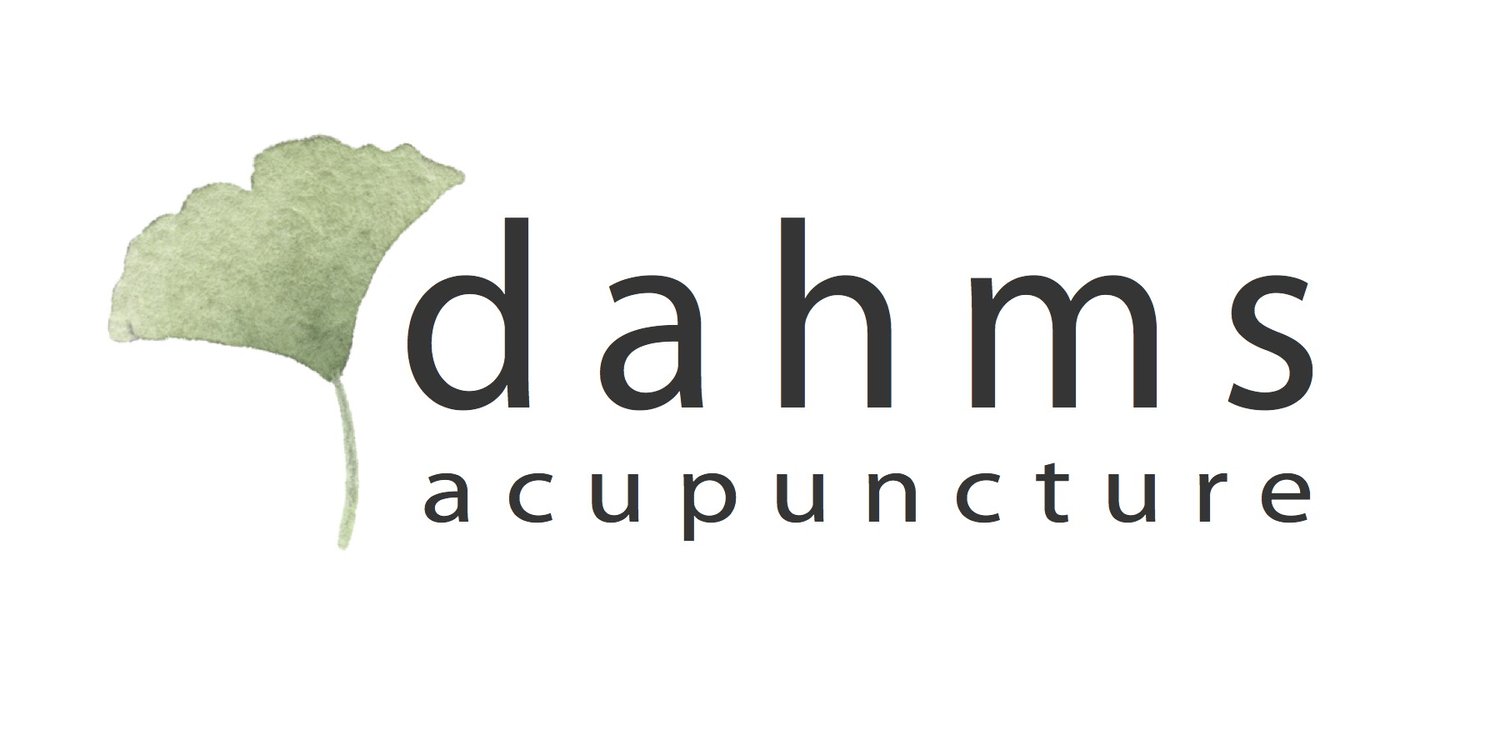What Makes Orthopedic Acupuncture Different?
Orthopedic and Pain Management Acupuncture is a specialized approach designed to address musculoskeletal pain and dysfunction by combining traditional Chinese medicine principles with modern scientific insights. This technique specifically targets injuries and chronic pain in muscles, joints, tendons, and nerves, delivering measurable relief and promoting long-term healing.
Unlike general acupuncture, orthopedic acupuncture focuses on precise, anatomically-based treatments tailored to individual conditions. This includes using trigger point therapy, myofascial release, and electroacupuncture to reduce pain and improve mobility. By blending traditional practices with evidence-based methods, orthopedic acupuncture offers a unique and effective solution for pain management.
How Does Orthopedic Acupuncture Work?
1. Nervous System Regulation
Acupuncture activates sensory nerves in the skin and muscles, sending signals to the brain and spinal cord. This process stimulates the release of neurotransmitters like serotonin, which modulates pain perception, and norepinephrine, which reduces the body's inflammatory response (Chen et al., 2021; Zhao, 2022). Moreover, acupuncture influences the autonomic nervous system by enhancing parasympathetic activity, which promotes relaxation and recovery (Langevin et al., 2020).
2. Improved Blood Circulation
Acupuncture improves microcirculation and oxygen delivery to tissues by promoting nitric oxide release in the blood vessels. This enhanced blood flow supports tissue healing, reduces swelling, and decreases pain intensity (Kim et al., 2021). Studies have shown that acupuncture can increase circulation in both local and systemic regions (Lian et al., 2022).
3. Trigger Point Deactivation
Orthopedic acupuncture is particularly effective for addressing myofascial trigger points—tight knots in the muscles that cause pain and stiffness. Inserting needles into these trigger points releases tension, restores proper blood flow, and alleviates referred pain (Hong, 1994; Dommerholt et al., 2015).
4. Endorphin and Neurotransmitter Release
Acupuncture triggers the release of endorphins, the body’s natural painkillers, as well as dopamine and serotonin, which contribute to an overall sense of well-being and reduced pain perception (Pomeranz et al., 2001). This mechanism is a key reason acupuncture is so effective in managing chronic and acute pain.
Conditions Treated with Orthopedic Acupuncture
This approach is scientifically supported for managing a range of conditions, including:
Chronic back and neck pain
Sciatica and nerve pain
Shoulder injuries and rotator cuff issues
Tendonitis and repetitive strain injuries
Arthritis-related pain
Post-surgical recovery
Tension headaches and migraines
Why Choose Orthopedic and Pain Management Acupuncture?
Orthopedic acupuncture doesn’t just mask pain—it addresses the root causes. By improving blood flow, calming overactive nerves, and enhancing the body’s natural pain relief mechanisms, this therapy helps you recover faster and feel better longer. Whether you’re managing a sports injury or seeking relief from chronic pain, orthopedic acupuncture is a safe, targeted, and effective treatment to help you live pain-free.
Infrared Light Therapy & Musculoskeletal Conditions
Infrared light therapy is a type of treatment that can help heal skin and muscle tissue. “Red light therapy is thought to work by acting on the ‘power plant’ in your body’s cells called mitochondria. With more energy, other cells can do their work more efficiently…” (1). “At the cellular level, the interaction between [infrared light] and living tissue boils down to heat-induced alterations of cell membrane potentials by means of a rise in intercellular Ca2+ levels…[Infrared light] consists of a promising complementary treatment for a wide range of musculoskeletal conditions, including knee osteoarthritis, fibromyalgia, chronic low back pain, chronic myofascial syndrome, sacroiliitis…” (2) .
At Dahms Acupuncture, it is used to treat a variety of pain conditions, such as low back pain, tendinitis, knee osteoarthritis, poor circulation, and muscle tension, and is used in conjunction with an acupuncture treatment to relieve pain.
(https://my.clevelandclinic.org/health/articles/22114-red-light-therapy, https://www.ncbi.nlm.nih.gov/pmc/articles/PMC8946909/)
References
Chen, L., et al. (2021). Mechanisms of acupuncture in the regulation of pain pathways. Pain Research and Management.
Zhao, Z. (2022). Acupuncture and the autonomic nervous system: A review. Neurobiology of Pain.
Langevin, H. M., et al. (2020). Acupuncture’s effects on connective tissue and the nervous system. The Journal of Alternative and Complementary Medicine.
Kim, T. H., et al. (2021). The role of nitric oxide in acupuncture-induced blood flow enhancement. The Journal of Pain.
Lian, Y., et al. (2022). Microcirculatory effects of acupuncture. Integrative Medicine Research.
Dommerholt, J., et al. (2015). Trigger point dry needling vs acupuncture. Pain Medicine.
Vickers, A. J., et al. (2012). Acupuncture for chronic pain: A meta-analysis. JAMA Internal Medicine.
Hong, C. Z. (1994). Myofascial trigger points and their relationship to acupuncture points. The American Journal of Chinese Medicine.
Pomeranz, B., et al. (2001). Neurochemical basis of acupuncture analgesia. Pain.













